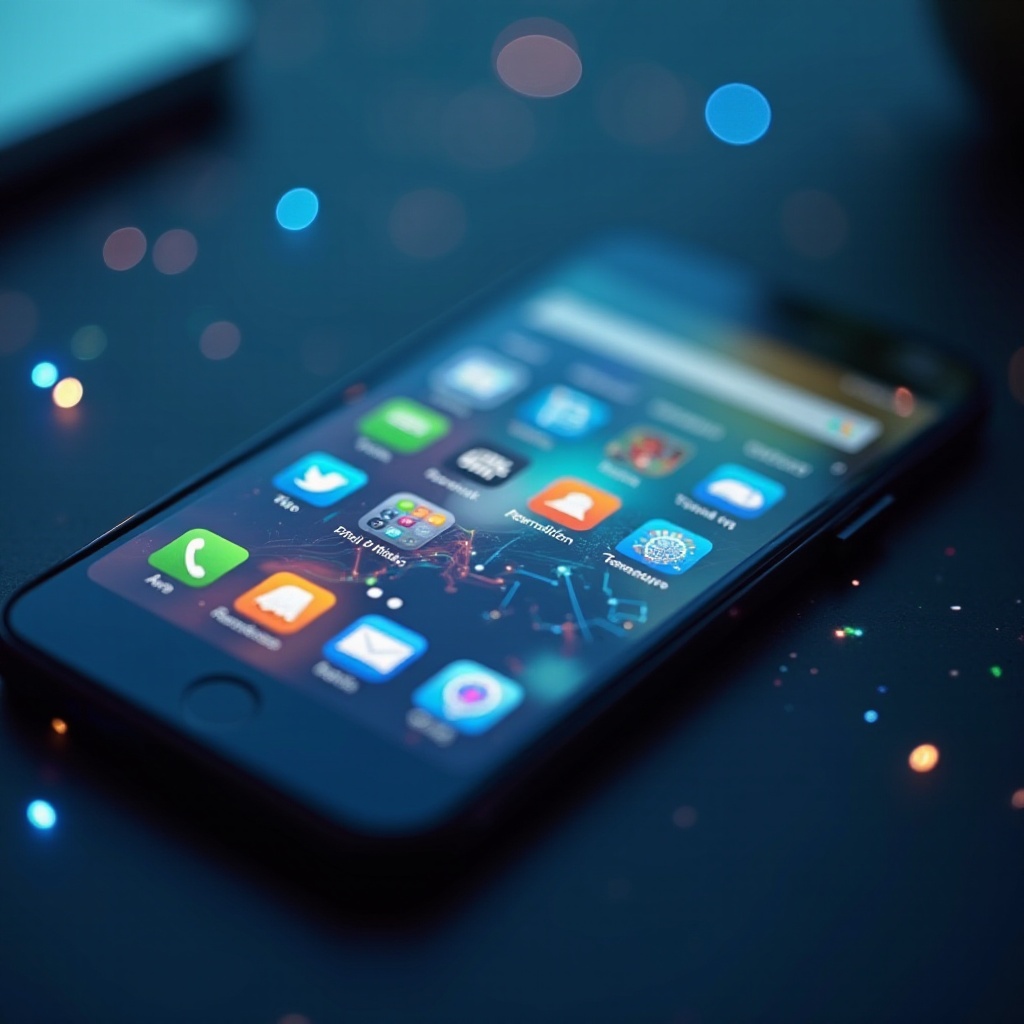Introduction
The evolution of cell phones has been remarkable, transforming them from mere communication tools to essential gadgets. Knowing the critical elements of modern cell phones helps users make informed decisions when purchasing a new device. These elements include display technology, battery life, processing power, memory capabilities, camera systems, connectivity options, and operating systems. This comprehensive guide dives deep into these critical features, providing you with the knowledge needed to select the perfect smartphone.

Display Technology
One of the most prominent features of a modern cell phone is its display. The display not only serves as the primary user interface but also significantly influences the overall user experience. There are various types of display technology available in the market, each with its own set of features and benefits.
- LCD (Liquid Crystal Display): This is one of the oldest technologies still in use. LCD screens offer good brightness and color accuracy and are often found in budget to mid-range phones.
- OLED (Organic Light Emitting Diode): OLED displays provide vibrant colors, deeper blacks, and better contrast ratios compared to LCDs. They are also more energy-efficient.
- AMOLED (Active-Matrix Organic Light Emitting Diode): This is an advanced version of OLED, offering even better color accuracy and faster response times. AMOLED displays are common in high-end devices.
- Retina and Super Retina: Apple’s branded display technology, found in iPhones, which aim to deliver high pixel density for sharp and clear images.
The choice of display technology can affect not only the visual quality but also the device’s performance and battery life.
Battery Life and Management
Following display technology, the battery life of a cell phone plays a crucial role in its usability. Long battery life ensures that a smartphone remains functional for extended periods, which is essential given our heavy reliance on mobile devices for various tasks.
- Capacity (mAh): Measured in milliampere-hours, it gives an indication of how long a battery can last on a single charge. Larger capacities generally offer longer battery life.
- Battery Technology: Lithium-ion and lithium-polymer are the two main types of batteries used in smartphones. Both have their own advantages, with lithium-polymer usually being lighter and offer more form-factor flexibility.
- Power Management Software: Modern smartphones include software features to optimize battery use, such as adaptive battery features that limit battery usage for apps that are not frequently used.
- Fast Charging: Technologies like Qualcomm Quick Charge and USB Power Delivery enable faster recharging of smartphone batteries, reducing downtime.
Effective battery management involves a combination of hardware capacity, software optimization, and efficient charging technology.
Processing Power
After considering display and battery life, the processing power of a cell phone determines its performance capabilities, affecting everything from multitasking to gaming performance.
- CPU (Central Processing Unit): This is the brain of the smartphone that handles all general computing tasks. High-end smartphones usually feature multi-core processors, with more cores generally translating to better performance.
- GPU (Graphics Processing Unit): Essential for tasks like gaming and video rendering, the GPU works alongside the CPU to handle graphics-intensive operations. Modern smartphones often come equipped with powerful GPUs to support high-detail gaming and AR/VR applications.
- SoC (System on Chip): An SoC integrates the CPU, GPU, memory, and other critical components into a single chip, optimizing power efficiency and performance. Leading SoC manufacturers include Qualcomm (Snapdragon), Apple (A-series), and Samsung (Exynos).
The processing power influences a smartphone’s ability to handle advanced functions, making it a pivotal element for performance-oriented users.
Memory (RAM and Storage)
The importance of having sufficient memory in a smartphone cannot be overstated. Memory impacts the device’s performance and ability to store applications, files, and multimedia.
- RAM (Random Access Memory): RAM provides the space for the operating system and apps to function smoothly. More RAM allows for better multitasking and quicker app switching. Modern smartphones range from 4GB to 16GB of RAM.
- Internal Storage: This is where all the user’s data, apps, and the operating system itself are stored. Smartphones generally come with storage options ranging from 64GB to 512GB, and some offer expandable storage via microSD cards.
- Storage Technology: UFS (Universal Flash Storage) vs. eMMC (Embedded MultiMediaCard) – UFS is faster and more efficient, commonly found in high-end smartphones, while eMMC is cheaper and found in budget devices.
Adequate RAM and storage ensure smooth operation and sufficient space for apps and media.
Camera Systems
Modern smartphones often tout their advanced camera systems as a key selling point. These systems have evolved significantly to rival even dedicated cameras in terms of quality.
- Lens Configuration: Multiple lenses (wide, ultra-wide, telephoto, macro) provide versatility in capturing different types of photos.
- Megapixels (MP): While higher megapixel counts can provide more detail, factors like sensor size and lens quality are equally important.
- Software Enhancements: Features such as AI scene detection, HDR, optical image stabilization, and night mode contribute to better photo and video quality.
- Front Camera: Often used for selfies and video calls, the front camera’s quality is critical as well, with some smartphones offering dual front cameras.
A well-rounded camera system adds significant value to a smartphone, making it an essential consideration for many users.
Connectivity and Sensors
Connectivity options and sensors serve as the bridge between a smartphone and the external world, expanding its functionality far beyond just a communication device.
- Network Compatibility: 5G connectivity has become crucial for those needing faster internet speeds and lower latency. Most modern smartphones support multiple network bands including 4G LTE and sometimes even Wi-Fi 6.
- Bluetooth and NFC: Essential for connecting peripherals and enabling features like contactless payments.
- Sensors: Common sensors include accelerometers, gyroscopes, proximity sensors, ambient light sensors, and biometric sensors such as fingerprint and facial recognition.
These features enhance user experience by providing seamless connectivity and extending the device’s capabilities.

Operating System and Software
The operating system (OS) and associated software shape the user interface and overall user experience, offering unique features and ecosystem compatibility.
- Android vs. iOS: These are the two dominant mobile operating systems, each with its own set of features and app ecosystems. Android offers more customization, while iOS is known for its seamless user experience and integration with other Apple products.
- Software Updates: Regular updates are important for security and introducing new features. Flagship models usually get more extended and frequent software support.
- Pre-installed Apps: Also known as bloatware, these can affect the smartphone’s performance and available storage space. It’s essential to know whether these can be removed or disabled.
The operating system is crucial for ensuring a smooth, secure, and enjoyable user experience.

Conclusion
Understanding the critical cell phone elements empowers users to make an informed choice when selecting a new device. From display technology to processing power, battery life, memory, camera systems, connectivity, and the operating system, every element plays a pivotal role in defining a smartphone’s capabilities and user experience.
Frequently Asked Questions
What are the most important elements to consider when buying a smartphone?
Key elements include display quality, battery life, processing power, memory capacity, camera quality, connectivity options, and the operating system.
How does the processor impact smartphone performance?
The processor, through its CPU and GPU units, determines the speed and efficiency of a smartphone’s operation, affecting multitasking, app performance, and overall user experience.
Why is battery life so crucial in smartphones?
Battery life dictates how long a smartphone can function on a single charge, which is critical for constant connectivity and usage throughout the day.